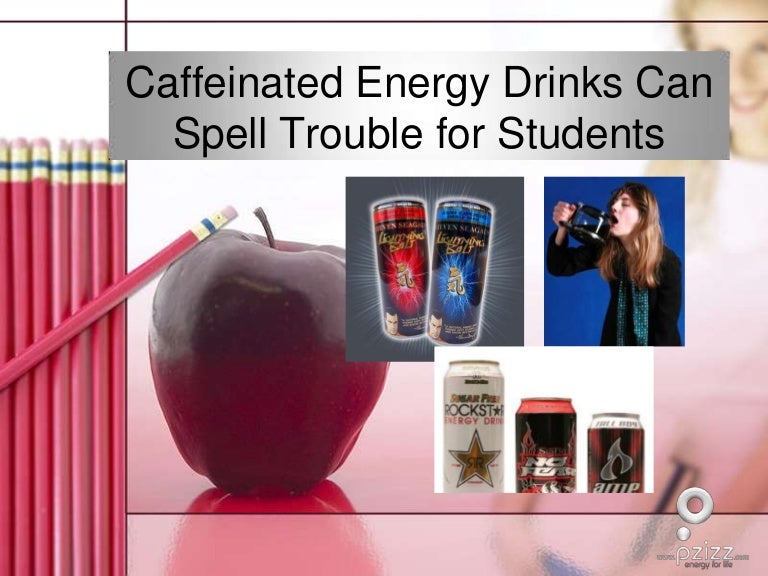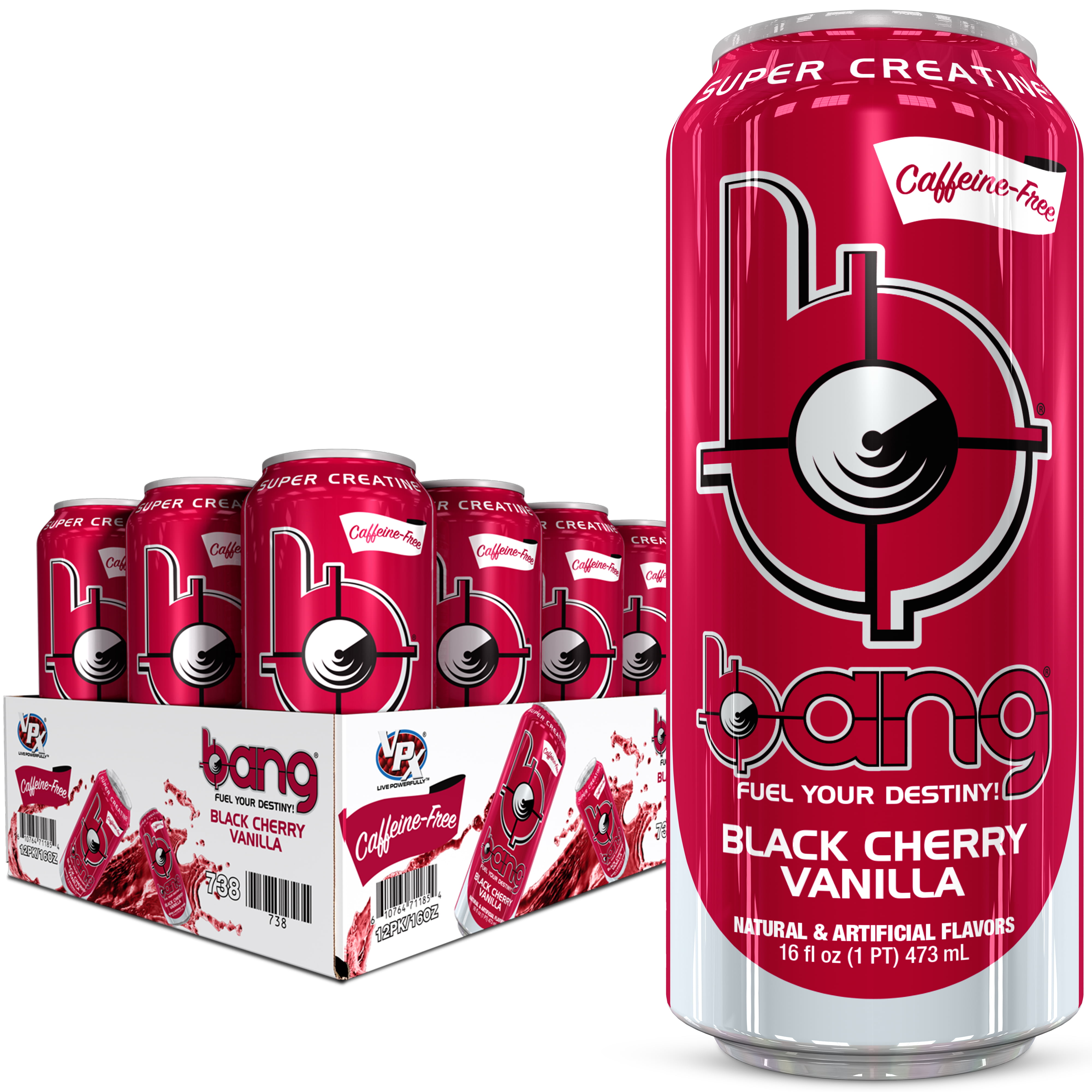

Energy drinks mixed with alcohol: what are the risks? External Nutr Rev. FTC sends warning letters to marketers of caffeinated alcohol drinks website: External. Washington, DC US Department of Health and Human Services and US Department of Agriculture 2015. 2015–2020 Dietary Guidelines for Americans.
#Caffeinated energy drinks driver#
Drinkers who mix alcohol with energy drinks are more likely than drinkers who do not mix alcohol with energy drinks to report unwanted or unprotected sex, driving drunk or riding with a driver who was intoxicated, or sustaining alcohol-related injuries.Drinkers aged 15 to 23 who mix alcohol with energy drinks are 4 times more likely to binge drink at high intensity (i.e., consume 6 or more drinks per binge episode) than drinkers who do not mix alcohol with energy drinks.Liquor was the usual type of alcohol consumed by students who reported mixing alcohol and energy drinks (52.7%). In a study among Michigan high school students, those who binge drank were more than twice as likely to mix alcohol with energy drinks as non-binge drinkers (49.0% vs.6–8 In 2017, 10.6% of students in grades 8, 10, and 12 and 31.8% of young adults aged 19 to 28 reported consuming alcohol mixed with energy drinks at least once in the past year. Mixing alcohol with energy drinks is a popular practice, especially among young people in the United States.

Energy drinks typically contain caffeine, plant-based stimulants, simple sugars, and other additives.


 0 kommentar(er)
0 kommentar(er)
